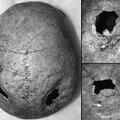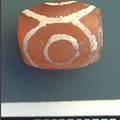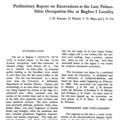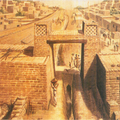The Ancient City of Harappa
The vast mounded remains of the ancient city of Harappa, one of the largest sites of the Indus Valley civilization, have been known by scholars for more than one hundred years. Occupied almost continuously for more than five thousand years, Harappa's ancient ruins represent the traces of one of the earliest cities of the world, and even today one-third of the area is still occupied by the modern and thriving city of Harappa.






























